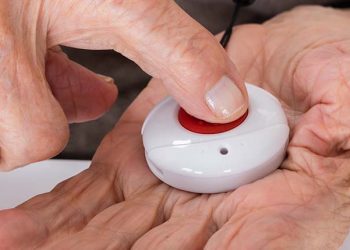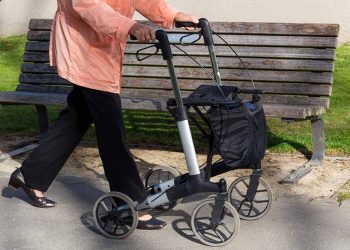Smart hearing aids or acoustic amplification systems that improve hearing and communication.
Hearing aids are small, electronic devices that help people with hearing loss to perceive sounds and speech better. They amplify sound waves and thus improve hearing and comprehension in everyday life. Modern hearing aids are available in various designs. These include behind-the-ear devices (BTE), in-the-ear devices (ITE) and almost invisible models that sit directly in the ear canal.
Advantages for older people
Improved quality of life: Better hearing enables older people to actively participate in social life. They can once again enjoy conversations with family and friends without restrictions.
Preventing social isolation: People with hearing loss often withdraw because they find it difficult to follow conversations. Hearing aids help them to participate in social activities again with confidence. This enables them to maintain social contacts.
Preservation of cognitive abilities: Studies show that untreated hearing loss increases the risk of dementia and mental decline. Hearing aids support the brain in processing speech and sounds and thus contribute to mental health.
Increased safety in everyday life: With hearing aids, important acoustic signals such as doorbells, telephone rings or alarm signals can be heard again. This increases safety in the home environment.
Better speech intelligibility in noisy environments: Modern hearing aids have innovative technologies such as noise suppression and directional microphones. This makes it easier to understand speech in groups or noisy environments.
Individual fitting: Hearing aids are specially adapted to individual hearing ability and personal needs. This ensures optimum hearing comfort.
Hearing aids therefore offer older people the opportunity to actively participate in everyday life, maintain their independence and significantly improve their quality of life.
Author: Anja Herberth
Chefredakteurin
















